The Non-Farm Imperative: Rural Women Entrepreneurs and the 2030 Jobs Mission
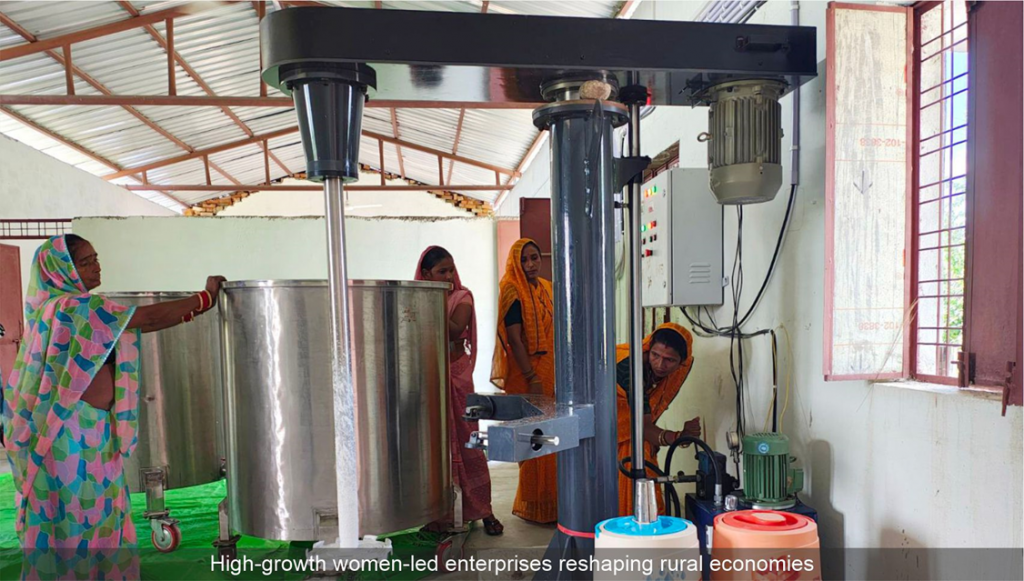
India is witnessing a gradual yet critical shift in its rural employment landscape. For generations, agriculture has shaped not just livelihoods, but the very identity of rural communities. Today, that identity is expanding. Across villages, people are looking beyond farming, aspiring for enterprises and occupations that can provide stability, dignity, and growth.
This transition holds particular promise for women. Non-farm entrepreneurial opportunities open new roles — from managing local service hubs to creating small-scale manufacturing units — where women can lead, innovate, and employ others. This shift is not just an economic adjustment but a historic opportunity: to place women at the centre of a new entrepreneurial ecosystem that redefines what prosperity means in rural India.
If India is to meet the projected need of generating nearly 78.5 lakh non-farm jobs each year until 2030, as highlighted in the Economic Survey 2024–25, then we must focus our efforts on the latent potential of rural women entrepreneurs. Investing in women-led non-farm enterprises is no longer a matter of inclusion—it is a structural imperative.
At Development Alternatives (DA), we have seen what becomes possible when rural women gain access to the scaffolds that make enterprise viable: finance, markets, technology, digital tools, and above all, community support. For decades, we have worked to identify and address systemic barriers to rural enterprise through participatory design and co-creation rooted in social innovation. This has resulted in over 11 systemic prototypes — from District Entrepreneurship Coalitions to udyaME kiosks — that address recurring roadblocks like credit gaps, lack of business knowledge, and limited institutional support.
This approach now forms the foundation of our partnership with the Uttar Pradesh State Rural Livelihood Mission (UPSRLM), where we are working to activate the state’s vast self-help group (SHG) network into entrepreneurship engines. By strengthening cluster-level federations (CLFs), we are building the institutional and social infrastructure needed for women-led enterprises to thrive at scale.
Our prototype Udyamita Seva Kendra* (Entrepreneurship Facilitation Centre) is co-anchored by CLFs. It combines three aspects of enterprise support into one cohesive ecosystem: ecosystem building, enterprise support services, and social and enterprise solidarity. From accessible business ideation platforms, such as Kaun Banega Business Leader, to robust mentorship and peer support structures, including Brave Spaces, to integration with flagship schemes, including Pradhan Mantri Employment Generation Programme and Vishwakarma Yojana, and policy measures such as Suksham Udhyam Sakhi, the EFC is a one-stop node that nurtures entrepreneurship.
Women-led entrepreneurship is already reshaping lives on the ground. Consider the story of Shashibala from Mirzapur, Uttar Pradesh. Once dismissed and disempowered due to the absence of a male heir and faced discrimination due to her skin colour, she now runs a thriving snack manufacturing enterprise with a monthly turnover of INR9 lakh. Her journey—from sewing clothes in quiet corners to leading a production unit—reflects a broader transformation unfolding across the rural heartland.
In another part of the state, in Jhansi, Shakti Samudays are leading a quiet revolution. These women-led collectives manage Shakti Kendras—solar-powered, decentralised manufacturing hubs established by DA. These are not symbolic gestures. They are green, inclusive spaces of production and agency, where women operate and own infrastructure, generate employment, and reinvest in their communities. Through these efforts, they are redefining what leadership and ownership look like in rural India. So far, four Shakti Kendras are already demonstrating how women-owned infrastructure can generate livelihoods and seed sustainable local economies.
In the last year alone, over 20,000 women-led enterprises have established themselves across 15 blocks in five districts of Jhansi, Mirzapur, Sant Ravidas Nagar, Sonbhadra, and Bahraich in Uttar Pradesh. These are not makeshift ventures born out of desperation. These are aspiration-led businesses, supported by systemic interventions.
What makes these stories powerful, along with their financial and economic significance, is their systemic ripple effects. These women are redrawing the boundaries of possibility. They are negotiating with banks, leading procurement meetings, onboarding their businesses to digital marketplaces, and navigating branding and compliance with an ease that was once deemed beyond their reach.
At its core, DA’s inclusive entrepreneurship strategy is not just about creating more businesses. It is about reweaving the fabric of rural economies so that resilience, aspiration, and collaboration become structural features. Women are not waiting for change to trickle down. They are actively building it, business by business, with conviction and courage. Policy must now shift its focus from programmes that do things for women, to frameworks that enable women to do things for themselves—and for their communities.
By focusing on inclusive, non-farm entrepreneurship within our development paradigm, we do more than just create jobs. We activate a transformation engine rooted in equity, resilience, and dignity.
* The Entrepreneurship Facilitation Centre is envisioned as a one-stop support hub designed to nurture rural entrepreneurship. Anchored in Development Alternatives’ integrated approach, the EFC provides end-to-end support to entrepreneurs—ranging from contextualised business planning and access to essential services, to unleashing entrepreneurial mindsets through social innovation tools. By connecting entrepreneurs to inclusive finance, markets, training, and capacity-building opportunities, the EFC strengthens local entrepreneurial ecosystems and enables individuals to turn ideas into sustainable enterprises.
The views expressed in the article are those of the authors and not necessarily those of Development Alternatives.
This blog first appeared as an editorial in Development Alternatives Newsletter August, 2025 Driving Non Farm Livelihoods Through Women-Led Entrepreneurship


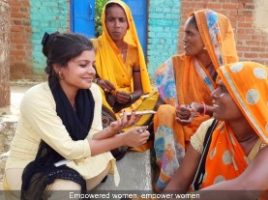
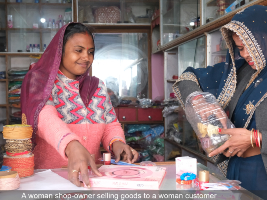
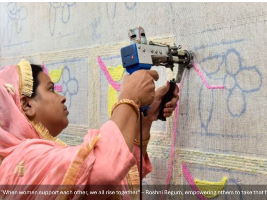
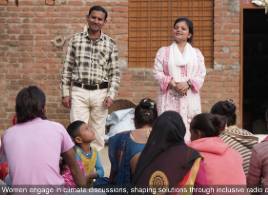
Leave a Reply